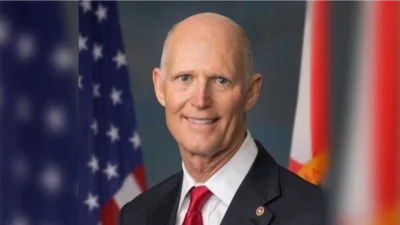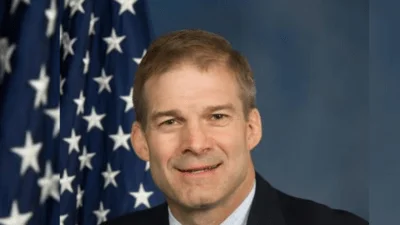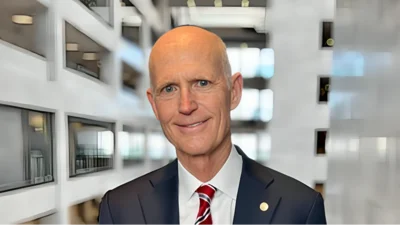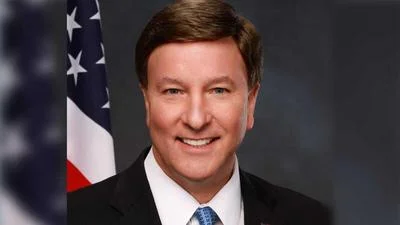Chairman Bob Goodlatte today chaired a hearing of the Full Committee on Agriculture to review the final National Forest Land Management Planning rule issued by the National Forest Service in December 2004. The 2004 rule attempts to streamline the forest land management planning process which has become a lengthy and expensive process.
“Clearly, the new planning rule takes some important steps to remedy the key issues that had dogged the process in the past. They have responded to clear guidance from the courts that forest plans are not subject to certain National Environmental Policy Act (NEPA) documentation requirements, and they have adopted a more realistic approach to managing and conserving wildlife," said Chairman Goodlatte.
In 2000, the Clinton Administration attempted to review the 1982 planning rules. Because of widespread opposition and litigation by both public land users and environmental groups to block implementation of those rules, however, the Forest Service allowed units to continue using the 1982 regulations. The Forest Service conducted a discretionary review and issued a draft revision of the planning rule in 2002. Following extensive public and agency input, a final rule was published in December 2004.
In addition to streamlining planning development and cost, the 2004 rule contains two significant differences from its predecessors: (1) the adoption of an ecosystem approach to conserve habitat to protect plants and animals in order to meet the requirements of the National Forest Management Act (NFMA), and (2) the adoption of an Environmental Management System (EMS) approach. According to the Forest Service, the new rules will allow development and adoption of forest plans or forest plan revisions within two to three years, as opposed to the current five to seven year average under the 1982 rule.
The chairman went on to voice concern about the costs associated with the new rule. “I am extremely concerned that the rule’s monitoring costs have all but wiped out the potential savings from a streamlined plan development process. These new efforts were undertaken at great cost. If they do not allow the agency to make and defend better decisions at the project level than the extensive plan level NEPA analysis they are replacing, we will be left to question why the agency made the effort to revise the rules in the first place," said the Chairman.
While the plan preparation is likely to be significantly less expensive and much faster, the agency is proposing to take on significant new responsibilities in terms of monitoring and implementation of EMS, according to a cost benefit analysis provided by the agency. Overall, costs for the 2004 rule will only be slightly lower than those experienced with the 1982 rule, however they will be significantly lower than the costs projected for the 2000 rule.
The Committee will continue oversight of the new rule as it is implemented.
Witness List
Panel I
The Honorable David Tenny, Deputy Under Secretary of Agriculture for Natural Resources and Environment, United States Department of Agriculture, Washington, D.C.
Panel II
Dr. Donald W. Floyd, Professor of Forest and Natural Resource Management, College of Environmental Science and Forestry, State University of New York, Syracuse, New York, on behalf of the Society of American Foresters
Mr. Daniel R. Dessecker, Senior Wildlife Biologist, Ruffed Grouse Society, Rice Lake, Wisconsin
Dr. Perry J. Brown, Dean, College of Forestry and Conservation, and Director, Montana Forest and Conservation Experiment Station, University of Montana, Missoula, Montana
http://democrats-agriculture.house.gov
Source: House Committee on Agriculture









